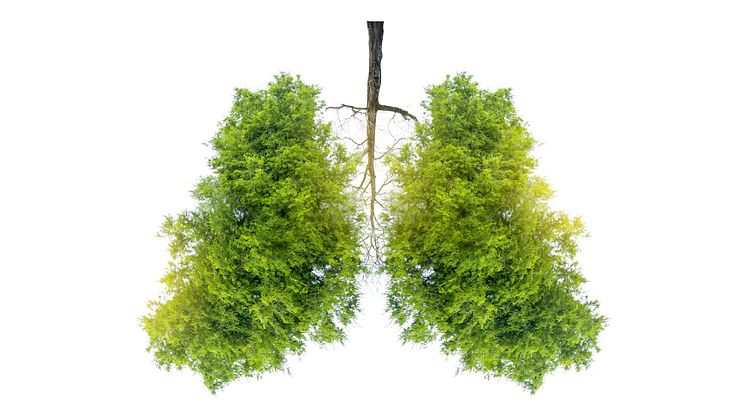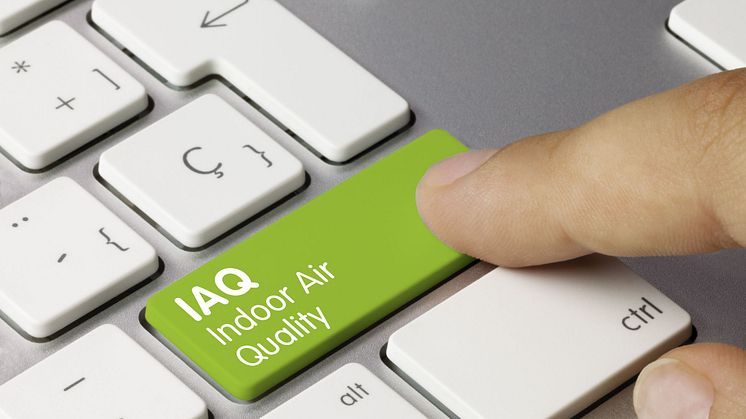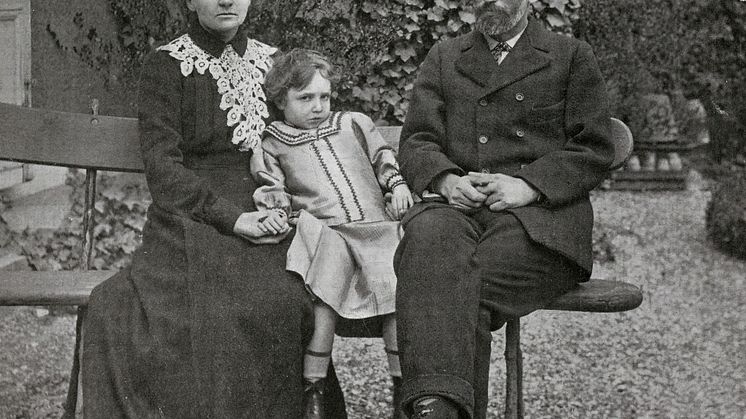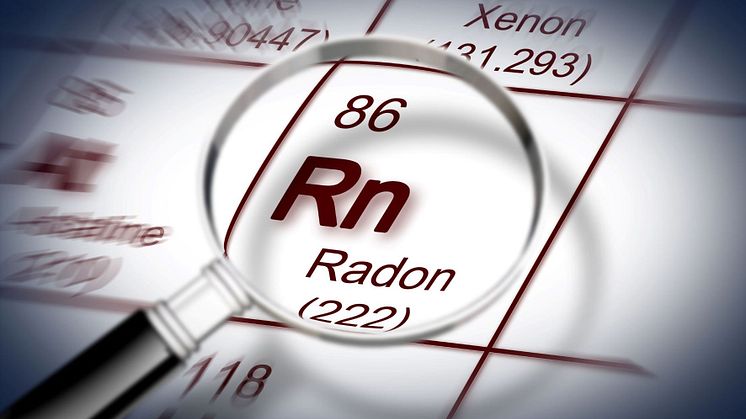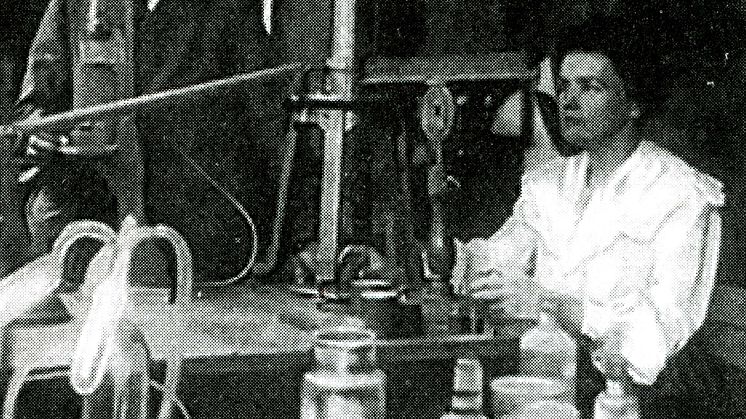
Blog post -
Three important events in the history of radon
The issue of radon exposure is a current health concern. Yet, the history of radon provides a broad retrospective of how this gas became recognized as a health hazard. Below are three historical events that contributed to research and awareness about the health-threatening effects of elevated radon levels.
Discovery of X-rays
At the turn of the 20th century, several important advances were made in the field. Beginning in 1895, the German physicist Wilhelm Conrad Röntgen discovered X-rays. A year after that, the French physicist Antoine Henri Becquerel discovered that uranium salts emit penetrating radiation of an unknown origin. Becquerel found this by accident during his investigations on phosphorescence.
Radioactivity and radioactive decay
A couple of years later, in 1898, researchers Maria Skłodowska-Curie and her husband Pierre Curie investigated other substances that produced similar radiation and discovered two new radioactive elements: polonium and radium. They also coined the term "radioactivity" to describe the spontaneous release of energy from unstable atomic nuclei.
In 1902, British physicist Ernest Rutherford and chemist Frederick Soddy proposed that radioactive decay involved the transformation of one element into another. The following year, in 1903, Becquerel and the Curies received the Nobel Prize in Physics for their discoveries about radioactivity. Eight years later, in 1911, Marie Curie received a second Nobel Prize in Chemistry for her research on polonium and radium.
Radon discovery in homes
The health effects of radon exposure in underground mines had been widely known for decades, but the risks of radon exposure in homes did not become a major issue until the mid-1980s.
For example, take the famous case of Stanley Watras. Mr. Watras worked at a nuclear power plant in Pottsdown, Pennsylvania. One day as he entered the plant, he set off the radiation detector for the facility. However, the nuclear power plant was not in operation at the time – it was only under construction. So, what caused Stanley to set off the radiation detector when he entered the facility? Further investigation revealed that there were very high radon levels in his home. Experts measured radiation levels in his home that were about 700 times higher than the maximum level considered safe for human exposure. This meant that Stanley Watras was bringing the radiation, that came from radon exposure, with him to work and that the Watras family lived in an indoor environment that was very unhealthy.
Since then, research has shown that radon is the second biggest cause of lung cancer (after smoking). In 1988, the International Agency for Research on Cancer (IARC) classified radon as a "human carcinogen type 1".





